Understanding Cat Nutrition
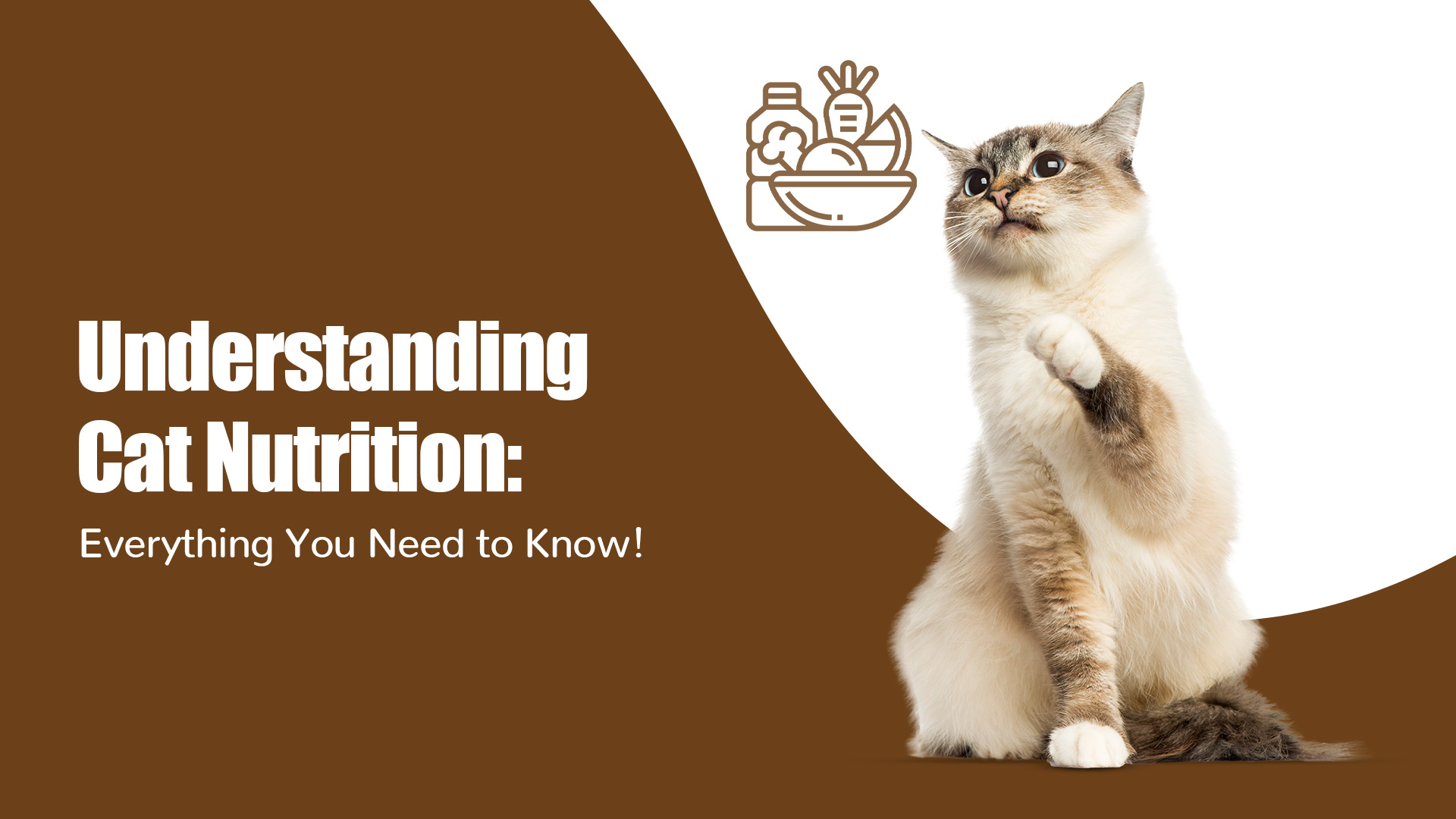
Cats have long been cherished as affectionate companions, yet behind every playful pounce and gentle purr lies a vital ingredient to their overall well-being—proper nutrition. In this comprehensive cat nutrition guide, we'll delve into why a healthy diet for cats is essential, explore the nuances of high protein cat food, and show you how to create an effective cat diet plan tailored to every stage of life. Whether you're searching for the best food for cats or specifically the best food for kittens, our detailed cat feeding guide and cat food chart offer clear insights on constructing the best diet for cats.
Understanding the Importance of Nutrition for Cats
Nutrition plays a vital role in the overall health, energy levels, and longevity of your cat. By understanding the nutritional needs of felines, you can create a cat nutrition guide that ensures your pet thrives.
Why Proper Nutrition is Vital for Your Cat's Health
A well-balanced diet helps to strengthen your cat's immune system, maintain dental and digestive health, and support muscular development. Cats are obligate carnivores, which means their bodies thrive on a protein-rich diet. Ensuring that you serve the best food for cats means you’re providing essential amino acids, vitamins, and minerals required for every bodily function.
- Longevity and wellness: Proper nutrition can help reduce the risk of illnesses and ensure a longer, healthier life.
- Energy and activity: Cats with balanced diets exhibit greater energy for play and exercise.
- Disease prevention: Nutrient-rich foods can help ward off conditions like obesity, diabetes, and kidney disease.
Also Read - Raw Cat Food
Key Nutritional Components for a Balanced Cat Diet
Creating the perfect cat diet plan involves understanding which components are critical for feline health:
- High-Protein Cat Food: Protein is the cornerstone of a cat's diet, crucial for building and repairing tissues.
- Fats: Serve as a concentrated energy source, also aiding in the absorption of fat-soluble vitamins.
- Vitamins and Minerals: Essential for metabolic functions and ensuring overall health.
- Water: Often overlooked, hydration is essential, particularly if your cat primarily eats dry food.
Using a cat food chart can help visualize the recommended percentages of these nutrients to guide meal preparation effectively.
Debunking Common Myths About Cat Nutrition
Many myths circulate about what is safe or beneficial for cats:
- “Cats can survive on plant-based diets”: Unlike some omnivores, cats require nutrients only found in animal products.
- “Wet food is always better than dry food”: Both have merits; wet cat food promotes hydration, while dry food can benefit dental health.
- “All brands labeled as premium are nutritionally superior”: Always check the ingredient list and nutritional info; sometimes less-known brands provide excellent quality at a lower cost.
Read More - Benefits and Drawbacks of Grain-Free Cat Food
Choosing the Best Food for Cats
Selecting the right food is crucial to maintaining a healthy diet for cats. There are many options available, and understanding the differences can lead you to the best food for cats and kittens alike.
High-Protein Cat Food: A Must for Optimal Health
Since cats are obligate carnivores, high protein cat food is fundamental. High-quality proteins aid in muscle maintenance and support all physiological functions. Look for foods with named protein sources (like chicken, turkey, or fish) as the primary ingredient.
Wet vs. Dry Cat Food: Which is Better?
Each type of cat food has its advantages:
- Wet Food: Rich in moisture, which is excellent for hydration and can improve urinary tract health.
- Dry Food: Convenient for free-feeding, can help with dental hygiene, and typically has a longer shelf life.
Top Cat Food Brands You Can Trust
When it comes to selecting the top cat food brands you can trust, it's crucial to prioritize quality ingredients, transparent sourcing, and nutritional balance that aligns with your cat's specific health needs. Here are a few suggestions to consider:
- Royal Canin: Known for its scientifically formulated recipes, Royal Canin offers specialized formulas for various breeds and life stages, ensuring a targeted cat diet plan for your pet.
- Hill’s Science Diet: This brand focuses on research-backed nutrition and offers options tailored to specific health concerns, making it a go-to for those seeking a healthy diet for cats.
- Purina Pro Plan: Recognized for its emphasis on quality proteins and balanced nutrition, Purina Pro Plan is designed to support an active lifestyle and promote overall wellbeing.
- Wellness: Wellness offers a range of products that emphasize wholesome, natural ingredients, ensuring that your cat gets the best food for cats while maintaining robust health.
Tailored Cat Diet Plans for Every Stage of Life
Cats have different nutritional requirements during various life stages. A personalized cat diet plan will help to meet these unique needs—whether for playful kittens, active adults, or gentle seniors.
Best Food for Kittens: Essential Nutrition for Growth
Kittens require foods high in calories, proteins, and specific nutrients to support rapid growth and immune system development. Look for formulas designated as the best food for kittens; they often include DHA and other crucial components for brain and eye development.
Adult Cat Diets: Maintaining Healthy Weight and Energy Levels
For adult cats, balancing calorie intake with energy expenditure is key to preventing obesity and ensuring vibrant health. Feed your cat foods rich in quality proteins and moderate in fats to maintain energy levels throughout the day.
Senior Cat Diet: Special Considerations for Aging Cats
As cats age, they become less active and may develop health issues such as kidney problems or arthritis. Senior diets typically feature lower calories, increased omega fatty acids, and enhanced fiber content to aid digestion and support overall wellbeing.
High-Protein Cat Food: Why It’s Essential for Your Cat
Elevating your cat's meals to include ample high-quality protein can greatly enhance their quality of life.
Benefits of a Protein-Rich Diet for Cats
- Supports muscle mass: Crucial for maintaining strength and agility.
- Boosts immune function: Helps in the production of antibodies.
- Assists in weight management: Provides sustained energy without excessive calories.
Best High-Protein Cat Foods to Try
When choosing high protein cat food, consider brands that highlight a dominant meat source as their primary ingredient. Look for products that have been formulated to meet or exceed industry standards for nutritional content.
How to Choose the Right Protein Sources for Your Cat
Assess the quality of protein by checking:
- Ingredient labels: Ensure the first ingredients are animal-based proteins.
- Amino acid profiles: Taurine is a must-have amino acid found naturally in meat.
- Digestibility: Highly digestible proteins ensure that your cat can absorb the essential nutrients fully.
Avoiding Common Mistakes in Cat Feeding
Even well-meaning pet owners can run into pitfalls when it comes to cat nutrition. Prevent feeding errors by knowing what to avoid and how to read food labels properly.
Overfeeding vs. Underfeeding: Finding the Right Balance
Determining the correct portion sizes is key:
- Overfeeding: Can lead to obesity, which might contribute to chronic diseases.
- Underfeeding: May result in nutrient deficiencies, even if the food is otherwise high-quality.
Use a cat feeding guide or consult your vet to establish recommended daily portions based on your cat’s age, weight, and activity level.
Foods to Avoid in Your Cat's Diet
Certain ingredients and human foods can be harmful:
- Toxic foods: Grapes, onions, garlic, and chocolate should be completely avoided.
- Fillers and by-products: Low-quality fillers can negatively impact your cat’s health.
- Excess carbohydrates: Cats do not require a high-carb diet, and an overload can lead to obesity.
Understanding Cat Food Labels for Better Choices
Develop the habit of scrutinizing the ingredient list and nutritional facts on cat food packaging. Look for:
- Guaranteed Analysis: Helps determine protein, fat, fiber, and moisture levels.
- Ingredient quality: Opt for products with natural ingredients and limited artificial additives.
- Nutritional adequacy statement: This assures that the product meets the nutritional levels established by recognized guidelines.
Following these practices will help you avoid common pitfalls and ensure that your cat receives a healthy diet for cats every day.
Conclusion
Understanding cat nutrition is essential for every pet owner who wants to provide the best food for cats and ensure that their feline friend enjoys a long, healthy, and active life. By following a comprehensive cat diet plan and making informed choices—from high-protein meals to tailored diets for every life stage—you can foster a nutritious environment that supports your cat's health and happiness.
FAQs
1. What is the best type of food for cats?
The best type of food for cats is one that offers a balanced, complete diet rich in high-quality protein, tailored to their specific life stage and health needs. Look for products that have clear ingredient sourcing and meet established nutritional standards, ensuring a healthy diet for cats.
2. Can I switch my cat's food frequently?
It’s best to avoid frequent switches. Rapid changes in your cat’s cat diet plan can upset their digestive system. When switching foods, do so gradually over 7–10 days to help your cat adjust smoothly.
3. Is homemade food a good option for my cat?
Homemade food can be a good option if it is carefully balanced and meets all of your cat’s nutritional requirements. Consulting with a veterinarian or pet nutrition specialist is essential to create a cat nutrition guide that ensures a safe and nutritious recipe.







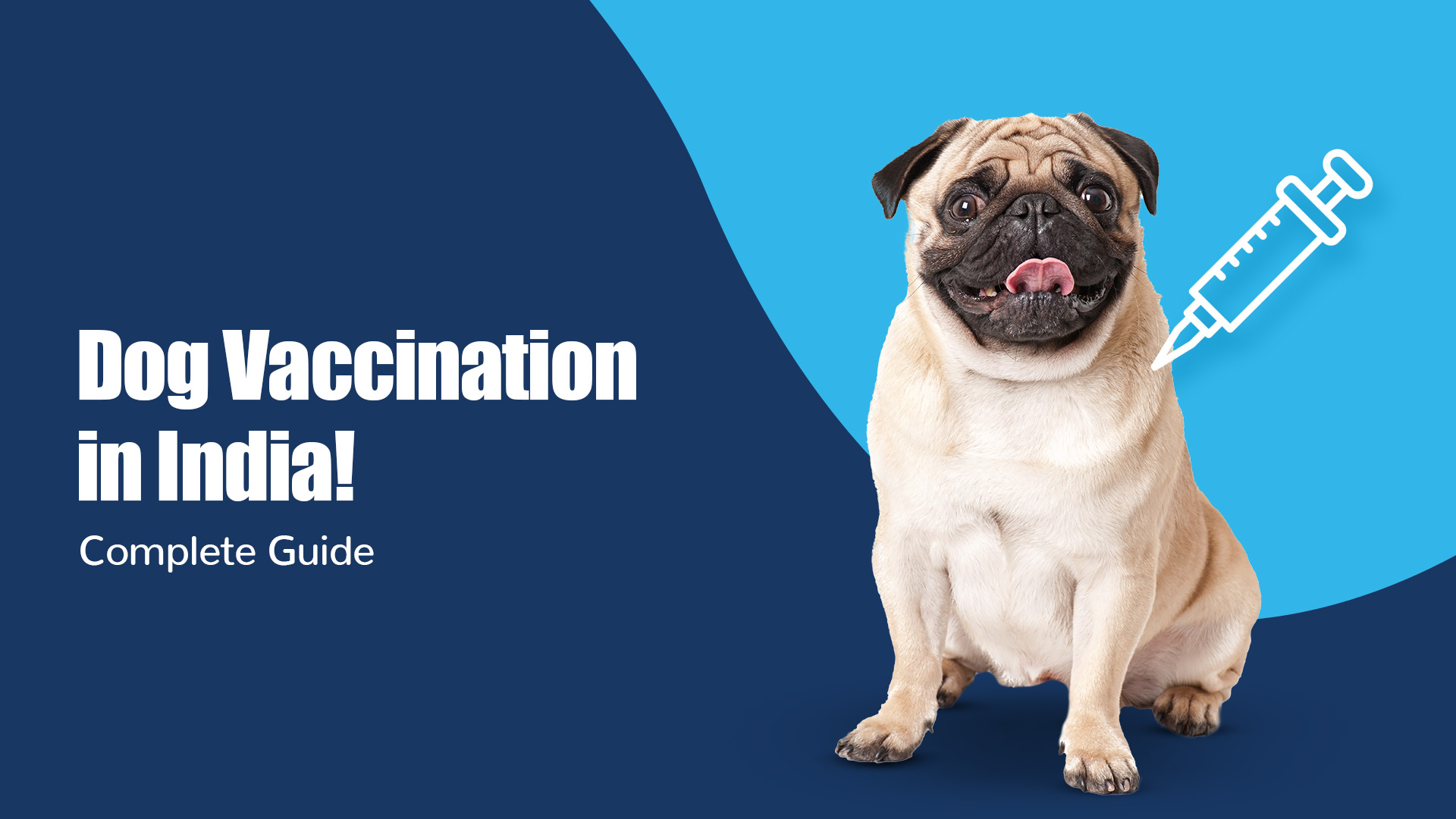

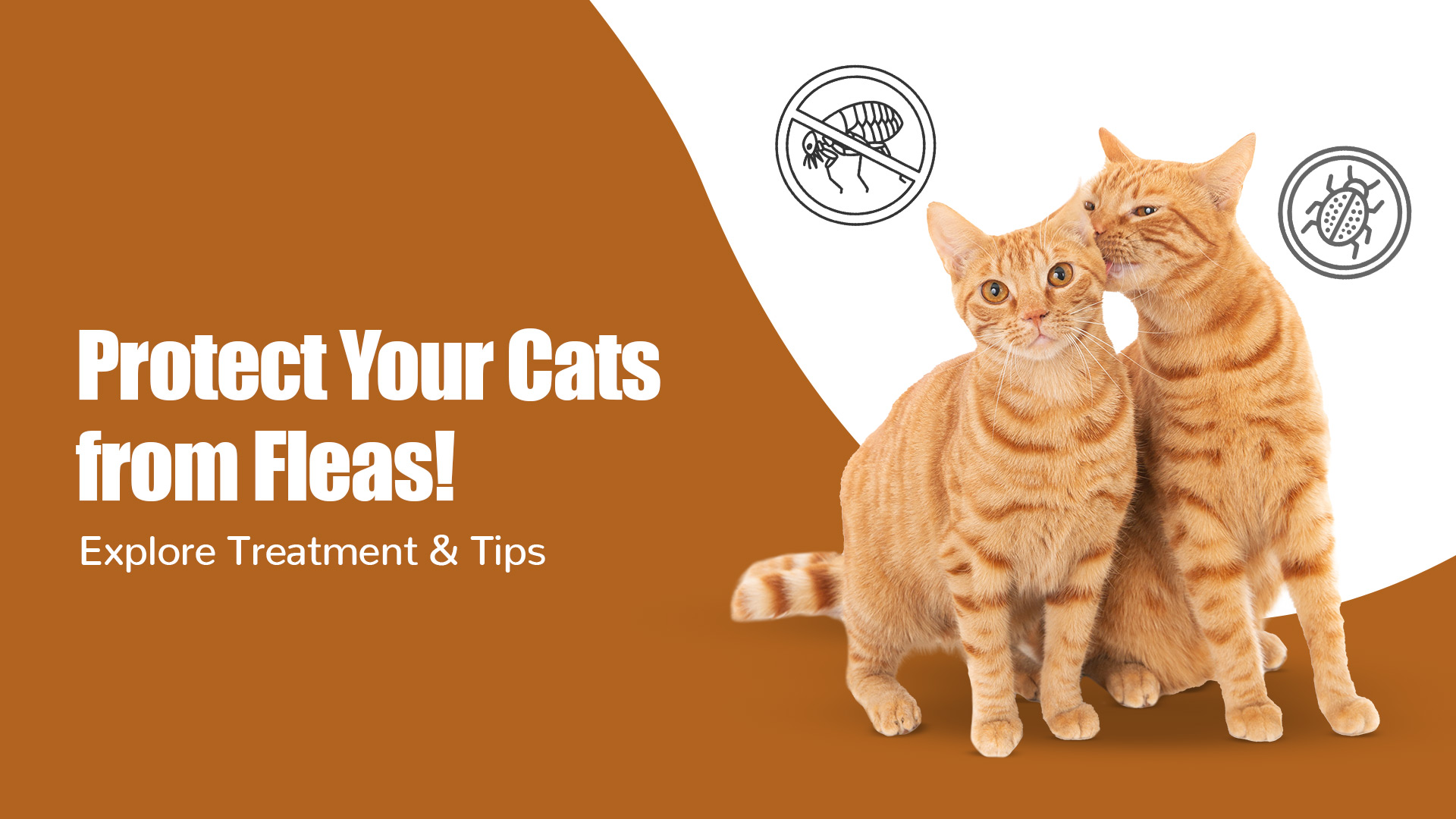
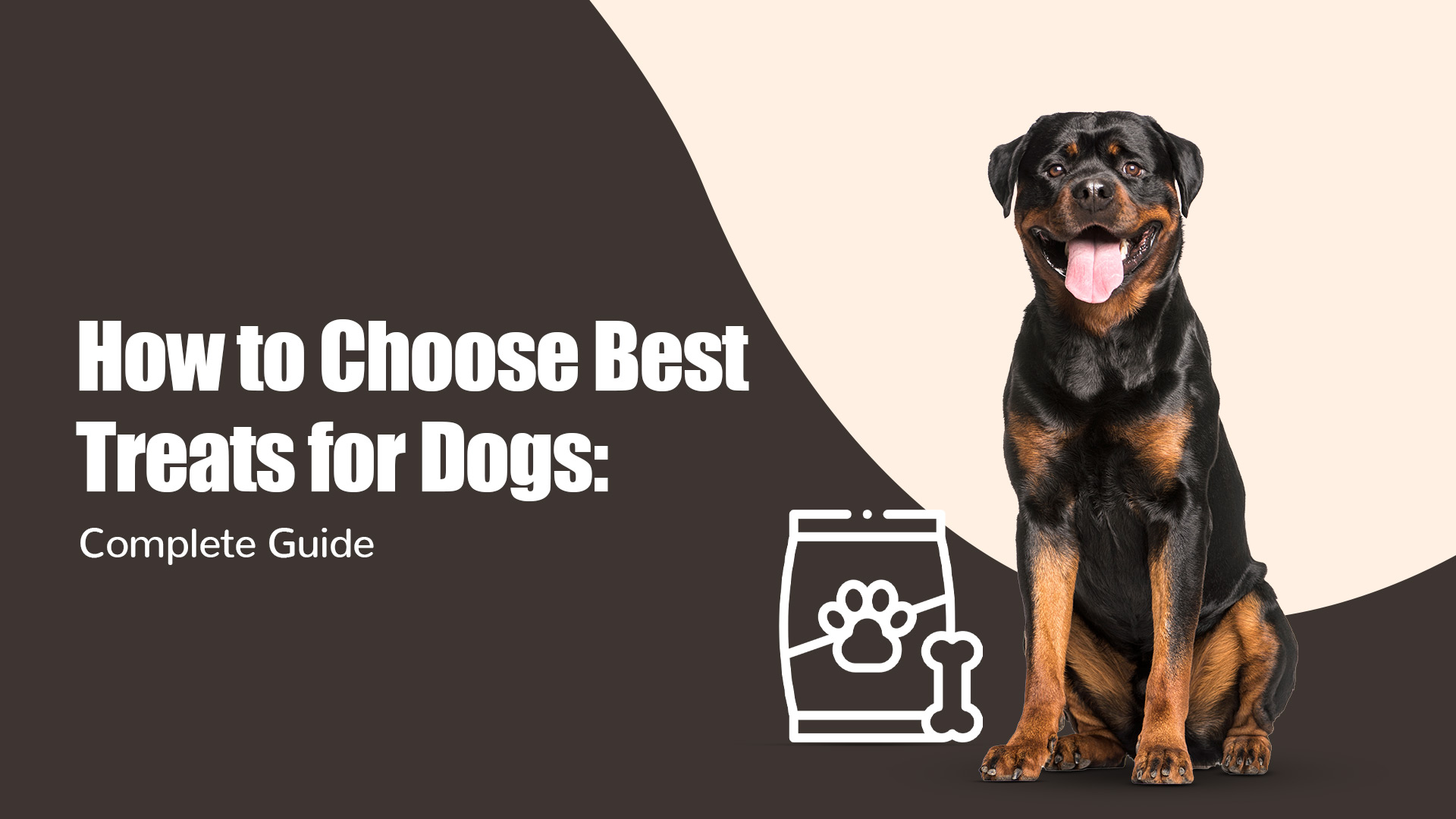
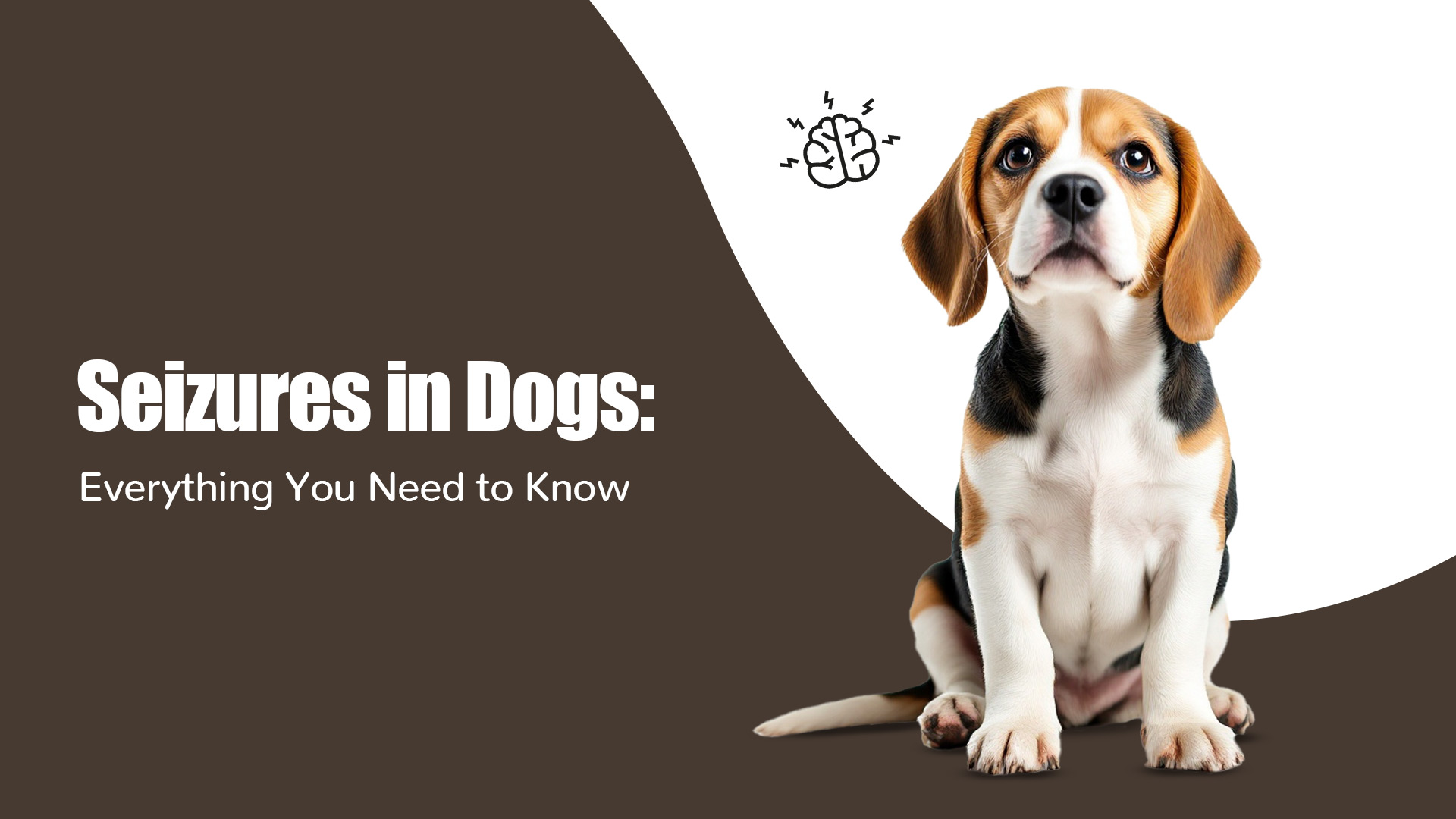
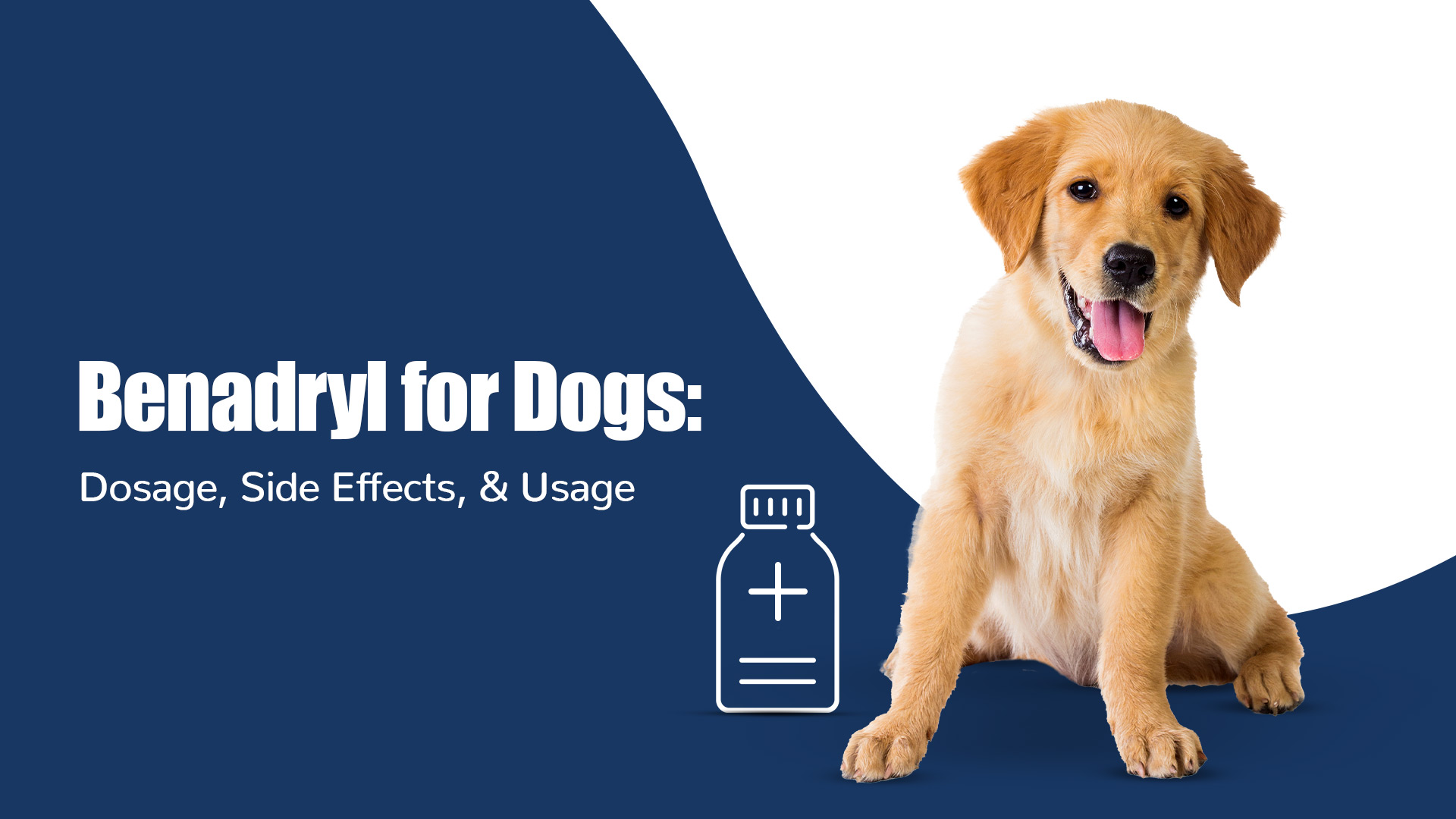





The information below is required for social login
Create New Account